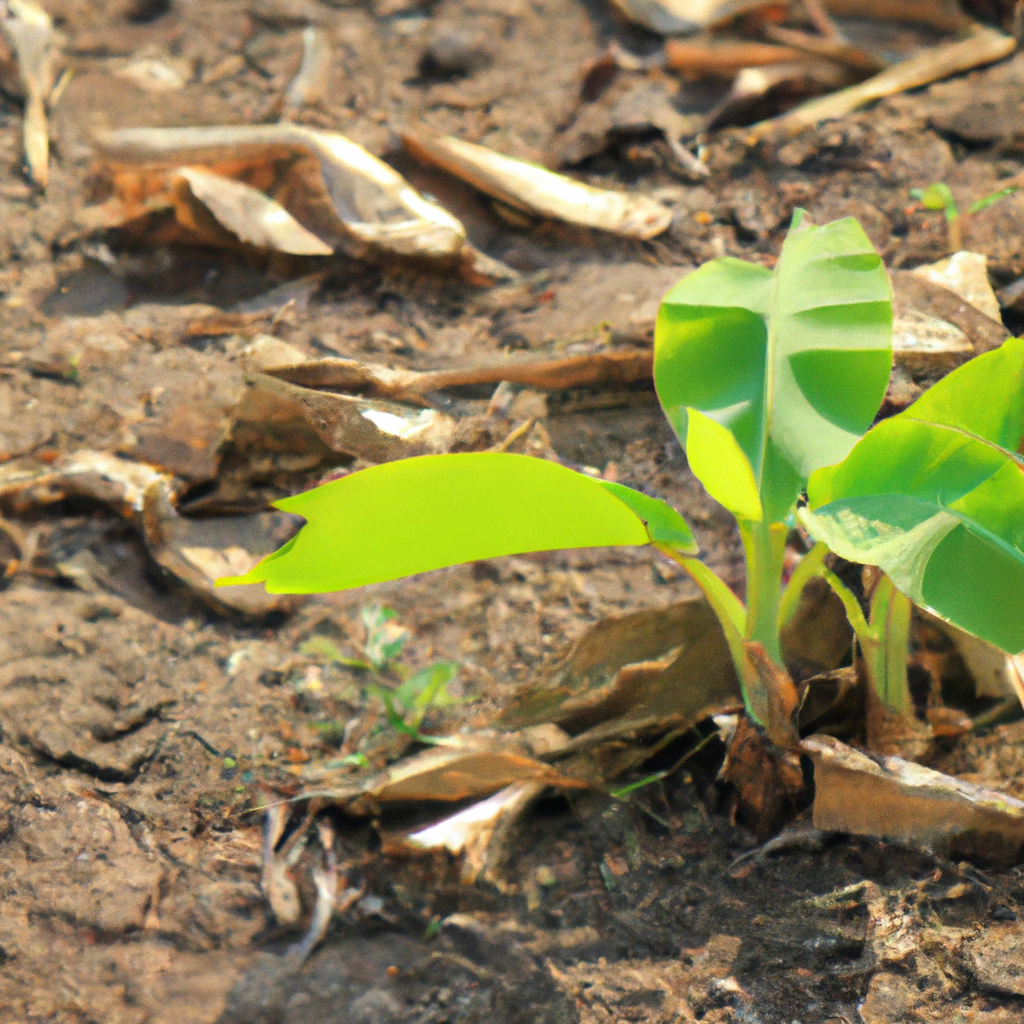Reducing Food’s Environmental Impacts through Producers and Consumers: Examples and Alternatives
Introduction
The global food system is a significant contributor to environmental degradation, including greenhouse gas emissions, deforestation, water pollution, and loss of biodiversity. Reducing the environmental impacts of food production and consumption requires a joint effort from producers and consumers, as well as the adoption of sustainable practices and behaviors. This article will discuss various examples of the environmental impacts associated with food production and consumption, and explore practical alternatives that can help mitigate these issues.
I. Environmental Impacts of Food Production
- Greenhouse gas emissions: Agriculture is responsible for approximately 24% of global greenhouse gas emissions. Livestock production, particularly ruminants such as cattle and sheep, contributes to methane emissions. Additionally, the use of synthetic fertilizers in crop production releases nitrous oxide, another potent greenhouse gas.
- Deforestation: Agriculture is the leading cause of deforestation, as forests are cleared to create more land for crop production and grazing. This loss of forests contributes to climate change, as trees play a vital role in absorbing carbon dioxide and maintaining biodiversity.
- Water pollution: The use of synthetic fertilizers, pesticides, and animal waste in agricultural production can lead to water pollution when these substances leach into waterways. This contamination has negative impacts on aquatic ecosystems, as well as human health when it affects drinking water sources.
- Biodiversity loss: The expansion of agricultural land and the use of monoculture practices have led to a decline in biodiversity, as native habitats are destroyed and replaced with uniform crop fields. This loss of biodiversity has adverse consequences for ecosystem resilience and the long-term sustainability of food production.
II. Producers’ Role in Reducing Environmental Impacts
- Adopting sustainable farming practices: Producers can mitigate the environmental impacts of food production by adopting more sustainable practices, such as organic farming, agroforestry, and regenerative agriculture. These approaches promote soil health, reduce the need for synthetic inputs, and protect biodiversity.
Example: The adoption of cover cropping and no-till farming can help sequester carbon in the soil, reduce erosion, and improve soil fertility, while also decreasing the need for synthetic fertilizers.
- Reducing food waste: Food waste is a significant contributor to greenhouse gas emissions, as decomposing food in landfills produces methane. Producers can help reduce food waste by improving harvesting, storage, and transportation methods to minimize post-harvest losses.
Example: Implementing better cold storage facilities and transportation infrastructure can help reduce spoilage and extend the shelf life of perishable products, thereby reducing food waste.
- Embracing technology and innovation: Producers can utilize technology and innovation to increase efficiency and reduce the environmental impacts of food production. Precision agriculture, for instance, allows farmers to use data-driven insights to optimize inputs and minimize waste.
Example: Drip irrigation systems can help conserve water by delivering precise amounts of water directly to the roots of plants, reducing water waste and preventing nutrient leaching into waterways.
III. Consumers’ Role in Reducing Environmental Impacts
- Adopting plant-based diets: One of the most effective ways for consumers to reduce their environmental footprint is to adopt a plant-based diet or reduce their consumption of animal products. Plant-based foods, such as fruits, vegetables, legumes, and grains, generally have lower environmental impacts than animal-based foods.
Example: Replacing beef with plant-based protein sources, such as lentils or tofu, can significantly reduce an individual’s carbon footprint, as beef production is associated with high greenhouse gas emissions and land use.
- Supporting local and sustainable food systems: Consumers can help reduce the environmental impacts of food by supporting local and sustainable food systems. Purchasing products from local farmers and choosingfoods produced using sustainable practices can help minimize transportation emissions, support local economies, and promote environmentally-friendly farming methods.
Example: Participating in a Community Supported Agriculture (CSA) program or shopping at local farmers’ markets can help consumers access fresh, locally-produced food, reducing transportation-related emissions and supporting sustainable agriculture in their region.
- Reducing food waste: Consumers can play a significant role in reducing food waste by planning their meals, storing food properly, and using or repurposing leftovers. Reducing food waste not only decreases greenhouse gas emissions but also conserves resources used in food production.
Example: Meal planning and creating shopping lists can help prevent over-purchasing and ensure that perishable items are used before they spoil, reducing household food waste.
- Making informed choices: Consumers can reduce the environmental impacts of their food choices by becoming more informed about the products they buy. This includes understanding the environmental footprint of different foods, considering the packaging materials used, and researching the sustainability practices of food producers.
Example: Choosing products with eco-friendly packaging, such as compostable materials or minimal plastic, can help reduce the environmental impacts associated with packaging waste.
IV. The Role of Governments and Institutions
- Implementing policies and regulations: Governments and institutions can support the transition to more sustainable food systems by implementing policies and regulations that promote environmentally-friendly practices and reduce the negative impacts of food production.
Example: Implementing carbon pricing or taxes on high-emission food products can help incentivize producers and consumers to shift towards lower-emission alternatives.
- Supporting research and innovation: Governments and institutions can invest in research and innovation to develop new technologies and practices that improve the sustainability of food production and consumption.
Example: Funding research in areas such as plant breeding, alternative protein sources, and sustainable farming practices can lead to advancements that reduce the environmental impacts of food production.
- Educating consumers: Governments and institutions can play a role in raising awareness and educating consumers about the environmental impacts of their food choices and the importance of adopting more sustainable behaviors.
Example: Implementing public education campaigns and incorporating sustainability topics into school curricula can help increase consumers’ understanding of the environmental consequences of their food choices and encourage more sustainable practices.
Conclusion
Reducing the environmental impacts of food production and consumption requires a collective effort from producers, consumers, governments, and institutions. By adopting sustainable practices, making informed choices, and supporting policies and initiatives that promote environmental stewardship, we can work towards a more sustainable food system that benefits both people and the planet. The examples and alternatives discussed in this article provide a starting point for those looking to make a positive impact on the environment through their food choices and production practices.



